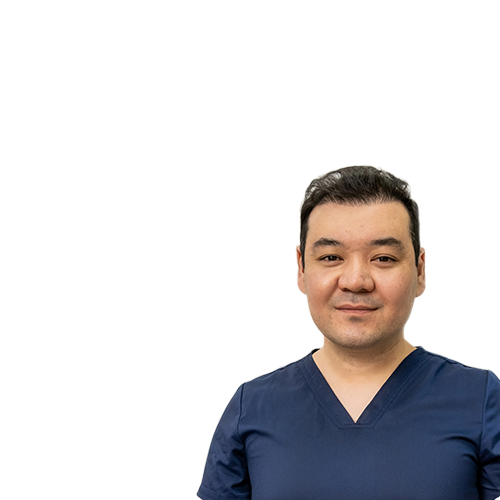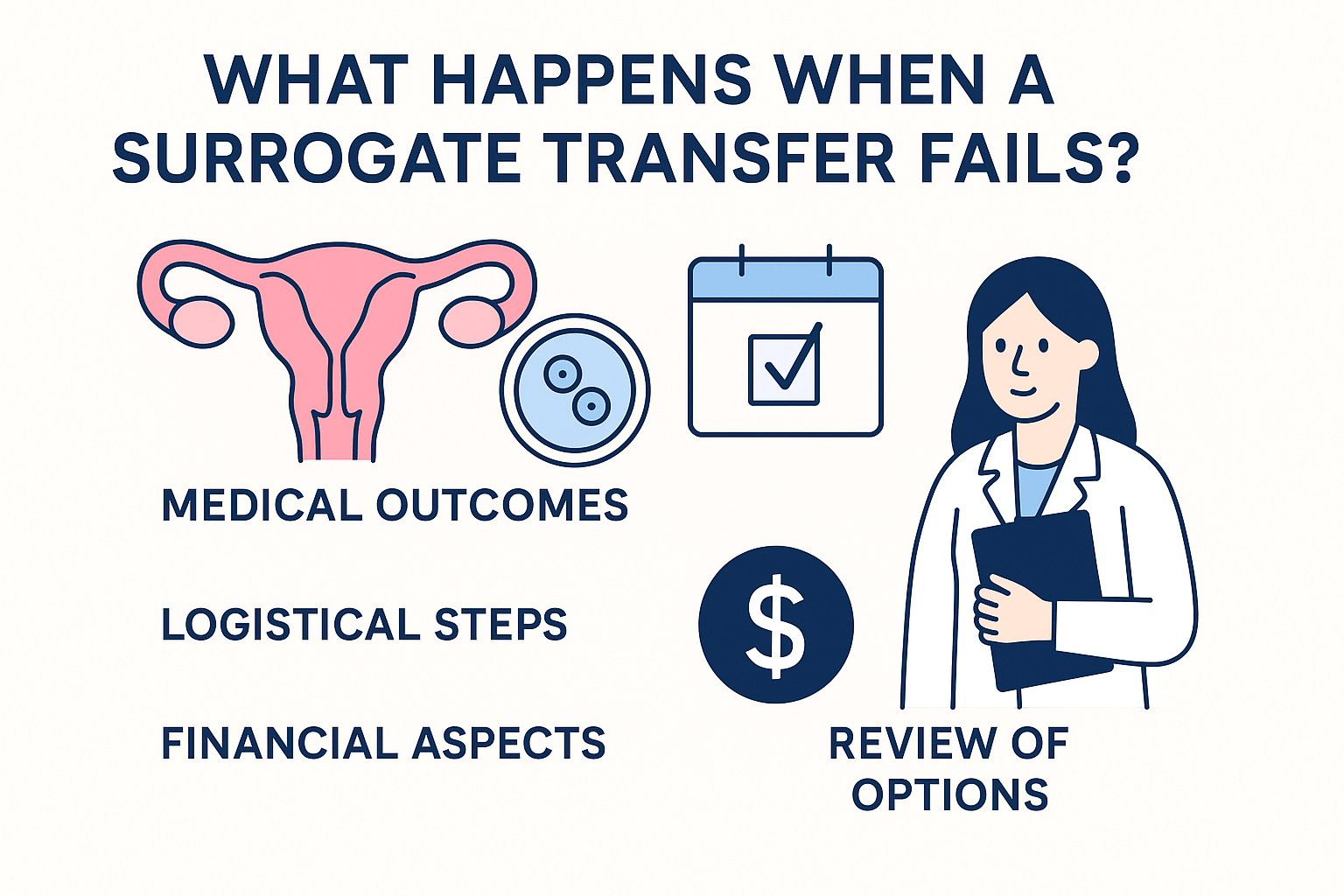Hysteroscopy
Due to various medical factors affecting fertility, achieving pregnancy is not always as straightforward as it may seem. One of the most important aspects of reproductive health is the condition of the uterus – it plays a key role in conception and maintaining a healthy pregnancy. To assess uterine health, fertility specialists often recommend a diagnostic procedure called hysteroscopy.
Hysteroscopy is a minimally invasive procedure that allows SILK Medical fertility specialists to examine the inside of the uterus carefully. By using a thin, lighted tube called a hysteroscope, doctors can identify and potentially treat abnormalities that may impact fertility, providing patients with a clearer understanding of their reproductive health and options for improving their chances of conception.

Advantages of Hysteroscopy
Accurate Diagnosis
Hysteroscopy provides a clear, direct view of the uterine cavity, enabling accurate identification of abnormalities that may impact fertility.
Minimally Invasive
Compared to open surgery, hysteroscopy is a minimally invasive procedure with fewer risks and a shorter recovery time.
Immediate Treatment
In many cases, identified issues can be treated during the same procedure, reducing the need for additional surgeries.
Enhanced Fertility
By diagnosing and treating uterine abnormalities, hysteroscopy can improve the chances of successful conception and pregnancy.
Indications for The Procedure
Abnormal Uterine Bleeding
Hysteroscopy can help identify the cause of irregular, heavy, or prolonged menstrual bleeding, such as polyps, fibroids, or endometrial abnormalities.
Recurrent Miscarriage
In cases of multiple miscarriages, hysteroscopy can help detect uterine abnormalities that may contribute to pregnancy loss.
Suspected Uterine Abnormalities
If other imaging tests, such as ultrasound, suggest the presence of fibroids, polyps, or adhesions, hysteroscopy can provide a definitive diagnosis.
Infertility or Difficulty Conceiving
Hysteroscopy can identify uterine factors that may impact fertility, such as a septate uterus or endometrial polyps.
Pre-IVF Evaluation
Before beginning an IVF cycle, hysteroscopy may be performed to ensure the uterine cavity is healthy and receptive to embryo implantation.
Suspected Intrauterine Pathologies
Hysteroscopy can diagnose and treat conditions such as synechiae (scar tissue), uterine fibroids, abnormal developments, or the presence of a foreign body in the uterine cavity.
Suspected Tumor Neoplasms
If there is a suspicion of uterine tumors or growths, hysteroscopy can help identify and potentially remove these abnormalities.
Post-treatment Endometrial Condition Assessment
Following treatment for uterine conditions, hysteroscopy can be used to assess the endometrial lining’s response and ensure proper healing.
The decision to perform a hysteroscopy is made by a SILK Medical specialist based on the patient’s medical history and the results of previous examinations.
Preparing for Hysteroscopy
In preparation for hysteroscopy, a woman undergoes the following tests:
- Urinalysis
- General and biochemical blood tests
- Tests for HIV, hepatitis B and C, and syphilis
- Coagulogram
- Ultrasound of the pelvic organs
- Smear for flora and oncocytology
The doctor may prescribe additional examinations if necessary. Two days before the procedure, patients should refrain from sexual intercourse and avoid using vaginal suppositories and tablets. The last meal should be consumed 10-12 hours before the examination.
The optimal time for the hysteroscopy is considered to be the 5-7th day of the menstrual cycle.
The Hysteroscopy Procedure
During the tratment, a thin, lighted tube called a hysteroscope is inserted through the vagina and cervix into the uterus. This procedure helps doctors identify and potentially treat abnormalities that may impact the ability to conceive or maintain a healthy pregnancy. The steps involved in the hysteroscopy procedure are as follows:
1
Anesthesia
Depending on the individual case, local, regional, or general anesthesia may be administered to minimize discomfort.
2
Cervical Dilation
The cervix is gently dilated to allow the insertion of the hysteroscope.
3
Uterine Examination
The hysteroscope is guided through the cervix into the uterus, and a sterile saline solution is introduced to expand the uterine cavity for better visualization. The doctor carefully examines the uterine lining, fallopian tube openings, and any visible abnormalities.
4
Treatment (If Necessary)
If any abnormalities are found, such as polyps, fibroids, or scar tissue, they may be removed or treated using specialized instruments passed through the hysteroscope.
5
Recovery
After the procedure, patients are monitored for a short period before being discharged. Most women can return to normal activities within a day or two.
Hysteroscopy is not recommended during pregnancy or if there is an active pelvic infection. Additionally, the procedure should not be performed during menstruation, as the presence of blood can obscure the view of the uterine cavity.
Complications from hysteroscopy are quite rare. Some potential risks include infection, bleeding, or damage to the uterus or cervix. However, these complications are very uncommon, and the vast majority of patients undergo the procedure without experiencing any adverse effects.
By identifying any potential issues early, SILK Medical team can develop a personalized treatment plan to improve uterine health and increase the chances of a successful pregnancy.
Taking The Next Step
For those who have been struggling to conceive or have experienced multiple miscarriages, a hysteroscopy may provide important information about their uterine health. SILK Medical fertility specialists are available to guide patients through the process and answer any questions they may have.
To learn more about how hysteroscopy can help patients achieve their goal of building a family, couples are encouraged to schedule a consultation with the team at SILK Medical. The clinic’s staff works towards helping patients realize their dream of becoming parents.
SILK Medical IVF Experts


















